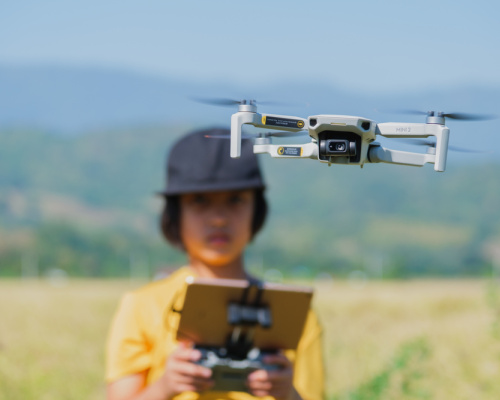Ah Ha! Using Drones to Save Birds
Date
What hooked the students was the opportunity to fly the drones and take pictures and videos of the bird habitats from 400 feet above the ground.
There’s a sound that all educators seek: The collective gasp of awe and wonder that comes from students experiencing something that’s both engaging and insightful. It can spontaneously happen when a science experience shocks the brain with an unforeseen outcome or while discovering something unbelievable from an ancient era. More often than not, achieving a sense of wonder requires an educator to rethink or even reconceptualize what learning looks like.
How does an educator go about crafting the conditions for captivated reactions in a school? Curiosity is a good beginning step. An educator who listens to what students want to know about a topic and then helps them develop questions worth pursuing is placing curiosity at the center of the learning experience. Another important characteristic is situating the learning objectives within an authentic context. When the topic is embedded within a real environment or community, involves processes and tools that professionals might use, and speaks to students’ interests, an educator can be confident that new insights will be intrinsically meaningful. This is often an antecedent for ah-ha moments and audible reactions.
These qualities- providing challenging problems or questions, giving students voice and choice, and authenticity- are a few of the hallmarks of an instructional approach called project-based learning. PBLworks defines project-based learning (PBL) as “a teaching method in which students learn by actively engaging in real-world and personally meaningful projects.”
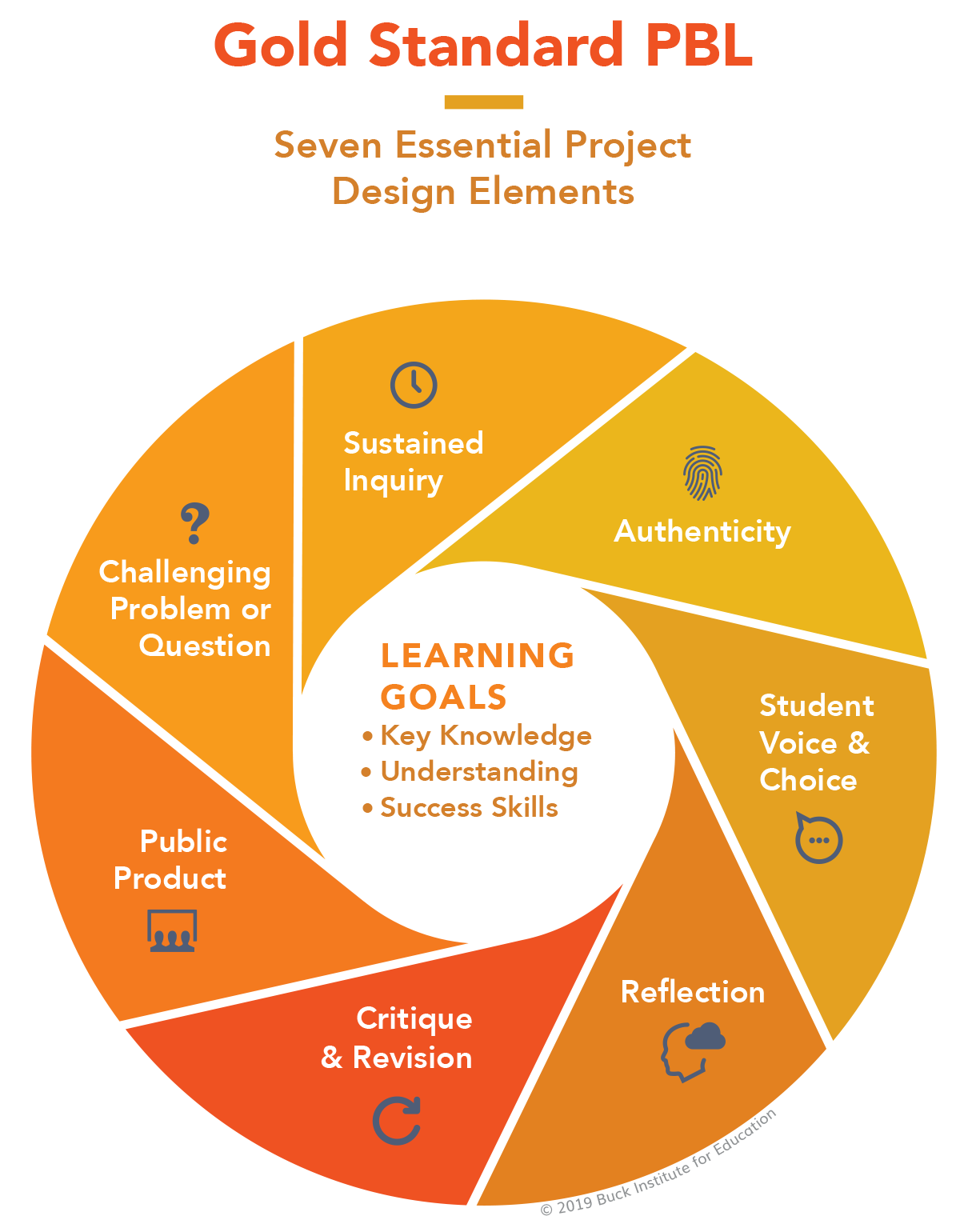
Source: https://www.pblworks.org/what-is-pbl/gold-standard-project-design
As former public school technology specialists, we have been privy to many authentic “ah ha” moments from students and educators. In this two-part series of blog posts, we share two examples of these magical moments with you. Our goal is to highlight what is possible in K-12 education and demonstrate how achievement accelerates when a student's curiosity is piqued.
The first vignette in this series features the work of Angie Foreman, an elementary reading specialist, and myself, at the time a Learning Technology Integrator. Together, we developed a PBL project around birds and making the school environment more hospitable for wildlife. Our instructional focus was closely tied to reading and literacy, and we used the aforementioned characteristics- challenging problems, voice and choice, and authenticity- as guideposts for what occurred. You will also read about how incorporating drones and a “Flight School” delivered positive, visceral reactions and increased student engagement.
The Audubon Project
Educators: Angie Foreman and Willy Kjellstrom
School: Stone-Robinson Elementary School
Location: Charlottesville, VA
Flight Director: Have you spoken with the airplane tower? Do we have clearance to fly?
Pilot: Check. Check.
Flight Director: Have you checked the flight system and the navigation controls?
Pilot: Check.
Flight Director: If the air and ground space are clear, you are “go” for launch.
Pilot: Taking off. Brace yourself.
As the drone lifted off, the flight crew circled around the pilot and pointed at the screen. Some were jumping up and down and giggling. Others stood transfixed to the screen that showed the horizon dropping and the treeline coming into view. A few even began to reach for the joystick to make the drone elevate quicker…
Although it might seem as if this is a scene from Top Gun: Maverick, this conversation was between graduates of Angie Foreman’s Flight School at Stone-Robinson Elementary School.
Earlier in the school year, Angie’s fourth and fifth grade students expressed interest in birds and the school habitat. Questions about what was occurring outside of the building’s doors arose often while reading about bats and birds in reading groups.
What types of birds live around Stone-Robinson?
How can we encourage more birds to come to Stone-Robinson?
What types of birds live near the Rivanna River?
As a reading specialist, Angie made an instructional decision: She would capitalize on the obvious student engagement and situate her instruction within a reading-focused PBL unit called, The Audubon Project.
Using the students’ questions as starting points, Angie and her students ventured away from the prescribed reading curriculum and tiptoed into new forms of literacy instruction. Angie and I founded the school’s Flight School where students learned about drones, how to safely fly drones, and aerial photography. Students wrote application letters to be a part of the Flight School and, once admitted, spent time reading drone manuals that were developed for the students.
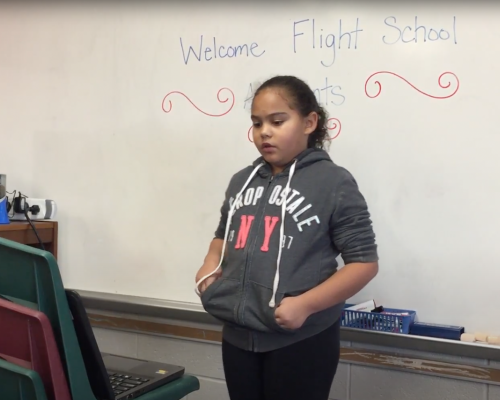
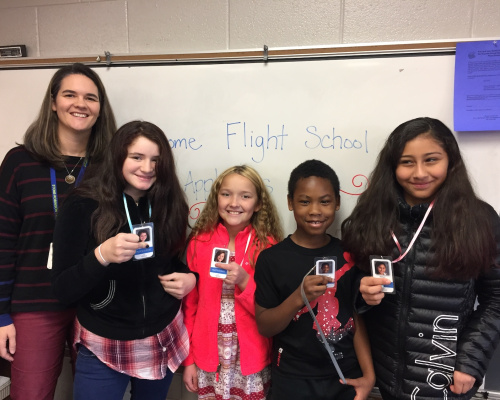
What hooked the students was the opportunity to fly the drones and take pictures and videos of the bird habitats from 400 feet above the ground. On flight days, students not only fought to be the drone Pilot but they also eagerly volunteered to be the Flight Director, someone who had to read aloud checklists and safety considerations before, during, and after the flight. Interestingly, students who were often reluctant to read aloud in class were quite willing to be the Flight Director because of its importance and relevance to the mission.
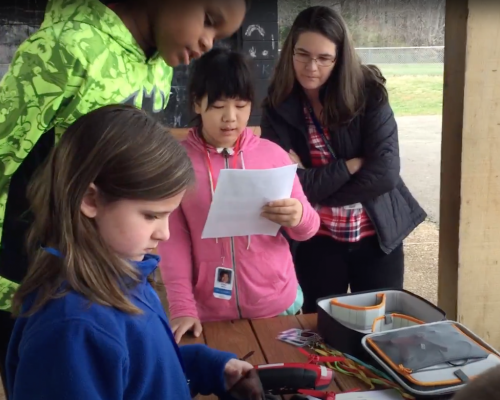
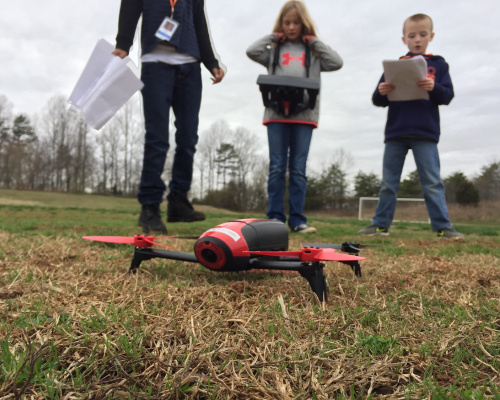
The Audubon Project was more than just flying drones: Students explored the school habitat with a Master Naturalist, built and placed birdhouses, participated in the annual Great Backyard Bird Count, made changes to the grounds, and produced culminating videos to share at school. With each activity, Angie returned to cornerstone literacy practices: Students talked about and read a variety of texts (bird guides, leveled books), studied text organization in reading and writing (concept mapping, close reading), and spent time writing (application letters, scripts). The sustained, genuine interest was rooted in why the students were reading and writing—to answer personal, authentic questions as well as learn how to fly drones, which was something they all wanted to do.
Even over the whrrrr of the drone engines, the excitement about purposeful reading and writing was palpable.
Coming Up
Angie was able to integrate technology to build on her student’s natural curiosity and enhance her grade-level standards. The ah-ha moments were plentiful! The next post in this series will highlight a high school educator who used drones within a PBL unit to elevate the geographical and historical significance of James Madison’s Montpelier. Like The Audubon Project, you will witness the same excitement from participating students.
